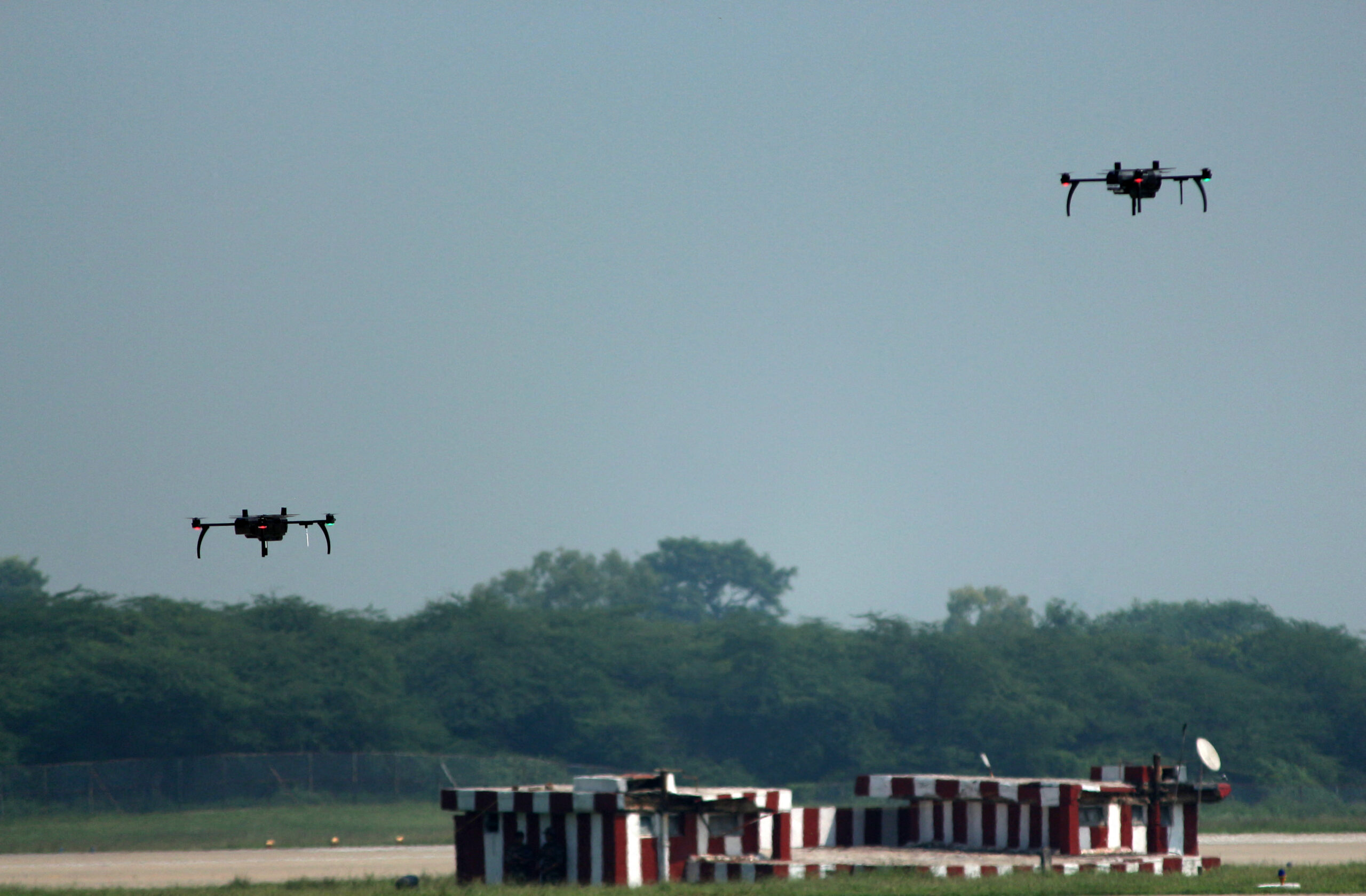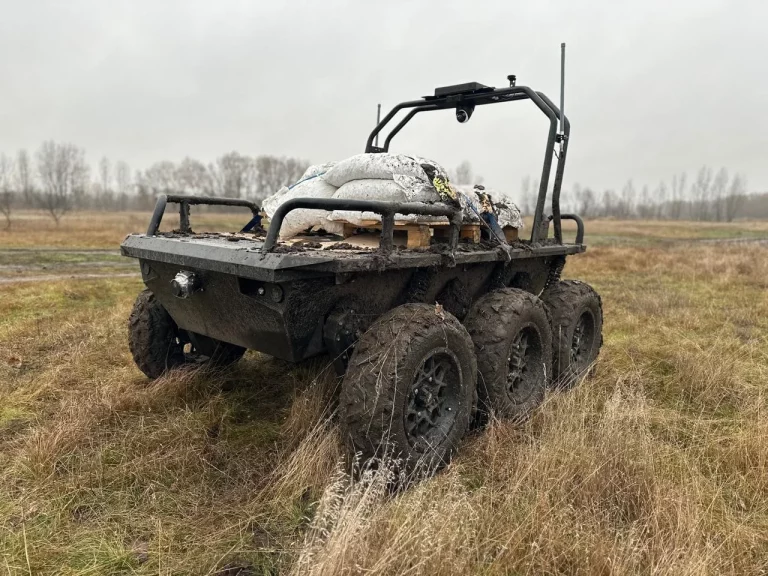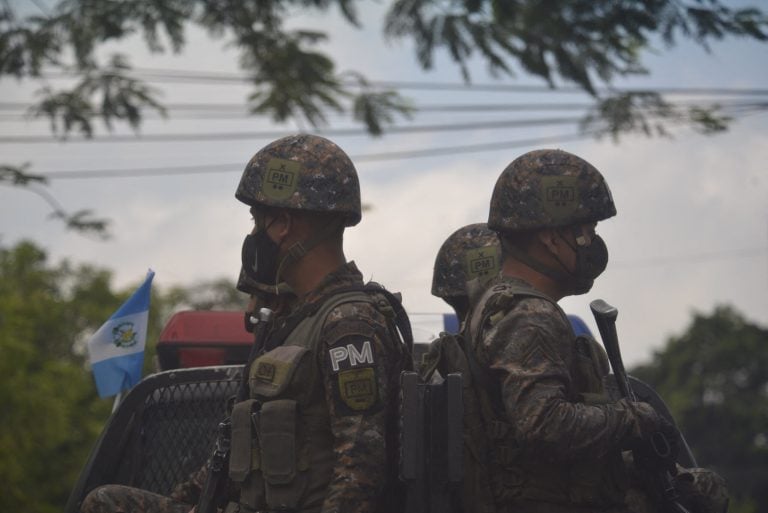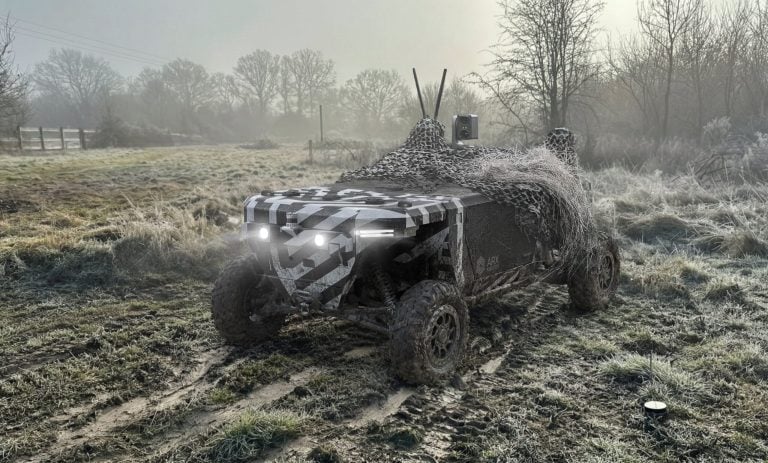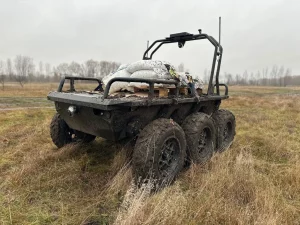The Indian Army is on the verge of significantly expanding its fleet of heavy-duty drones, aiming to bolster its long-range intelligence, surveillance, and reconnaissance (ISR) capabilities. A comprehensive roadmap outlining this expansion is anticipated to be announced shortly, emphasizing the deployment of unmanned aerial vehicles (UAVs) and remotely piloted aircraft (RPAs) capable of operating beyond a distance of 1,000 kilometers (621 miles).
In its quest for enhanced operational efficacy, the Army is prioritizing drones that can ascend to altitudes of up to 30,000 feet (9,144 meters), allowing them to evade detection during missions. Furthermore, these UAVs are expected to have a minimum endurance of 24 hours, facilitating extended operational missions. However, details regarding the timeline for implementing these advancements have yet to be released.
According to sources, the integration of UAVs and RPA systems will significantly minimize risk for soldiers on the ground. These airborne technologies not only extend operational longevity but also improve precision-strike capabilities, which are crucial for effective counter-terrorism efforts. Enhanced drone capabilities will allow for more efficient tracking of cross-border infiltrations and enable targeted strikes against terrorist hideouts.
Currently, the Indian Army operates approximately 50 Israeli-origin Heron Mark-I and Mark-II drones, as well as Searcher-II medium-altitude, long-endurance (MALE) drones. This inventory is considerably smaller than that of regional competitors, particularly China, which is reported to possess thousands of medium- and long-range UAVs, including well-known models such as the Wing Loong-II and Hongdu GJ-11 Sharp Sword. Meanwhile, Pakistan maintains an estimated 200 MALE drones, many supplied by China, further intensifying the competitive landscape.
Military analysts assert that India’s defense forces require advanced MALE drones to monitor its long and “active” borders with China and Pakistan. These borders necessitate continuous, real-time intelligence gathering and surveillance to ensure national security.
Despite its current limitations in drone capability compared to its neighbors, India has made substantial investments to enhance its drone technology in recent months. Notably, in September 2024, India demonstrated domestically-built drone models capable of ascending to altitudes exceeding 15,000 feet (4,572 meters). In a strategic move to improve its surveillance and reconnaissance efforts, the country also sanctioned the purchase of 31 MQ-9B drones from the United States.
In another progressive step, India officially joined the Eurodrone program as an observer state. This initiative focuses on developing a medium-altitude, long-endurance UAV designed for advanced ISR missions, further indicating India’s commitment to advancing its drone capabilities in the face of regional challenges.
